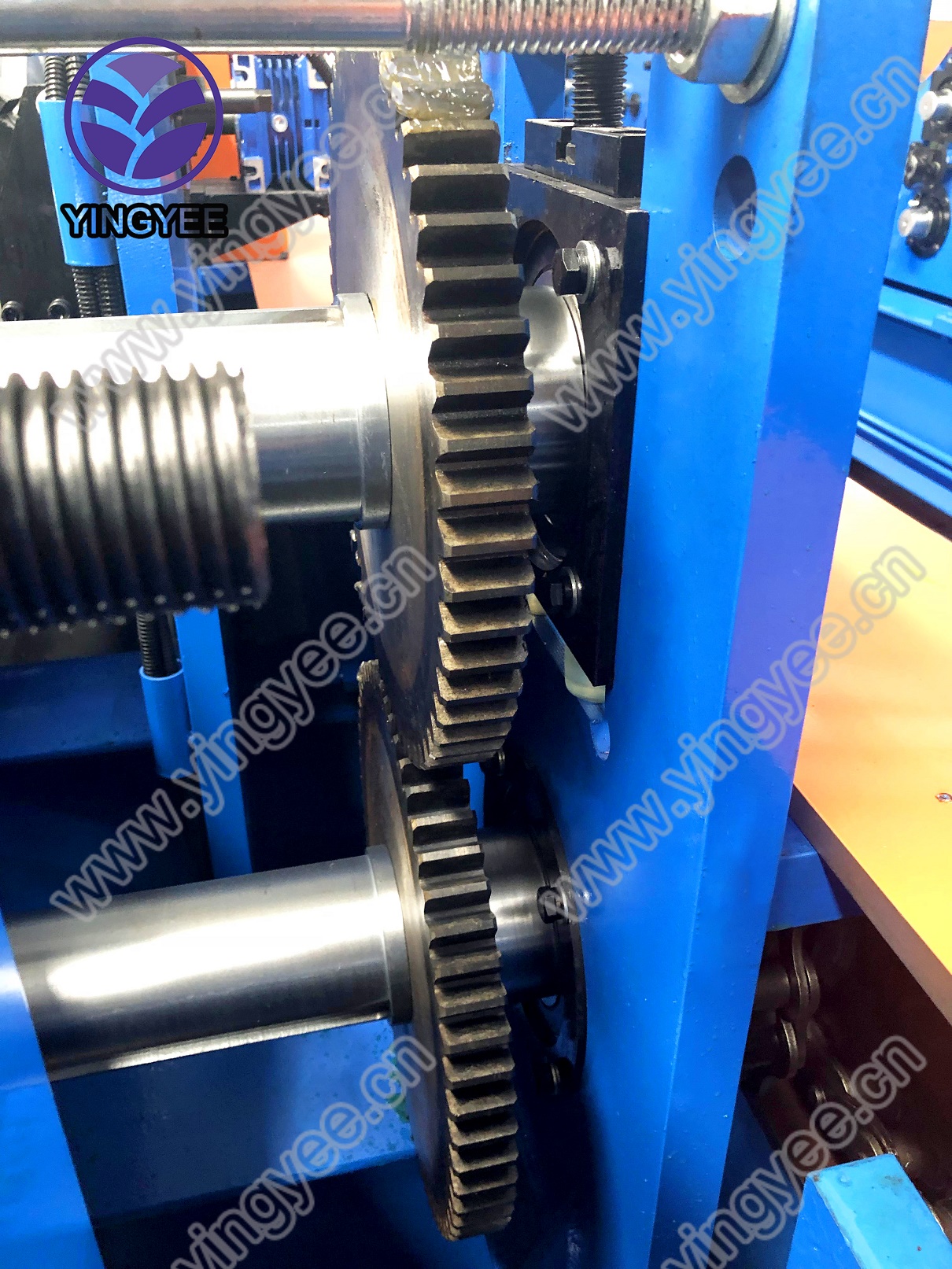The Evolution and Impact of Stud Making Machines
In the modern manufacturing landscape, the demand for precision and efficiency has driven the development of various specialized machines. Among these, the stud making machine stands out as a crucial piece of equipment in fastening technology. This article explores the evolution, functionality, and impact of stud making machines in today's industrial processes.
Understanding Studs and Their Importance
Studs are fasteners used in a wide range of applications, from construction and automotive to electronics and aerospace. They consist of a cylindrical shaft with a head at one end and threads along part of their length. Studs are essential for creating secure connections between different components, enabling structural integrity and ensuring functionality in assemblies. The production of these fasteners requires precision engineering, making stud making machines vital in their manufacturing.
The Evolution of Stud Making Machines
The history of stud making machines reflects the broader trends in industrialization and technological advancement. Early stud production relied on manual labor, involving simple hand tools and rudimentary machines. With the advent of the Industrial Revolution, manufacturers began to mechanize processes, leading to the development of more complex machinery.
In the late 20th century, advancements in CNC (Computer Numeric Control) technology revolutionized the production of studs. CNC stud making machines allowed for greater precision, repeatability, and automation. Manufacturers could now produce a higher volume of studs with intricate designs, reducing both time and costs associated with manual production. Today, these machines offer a range of capabilities, including the ability to create specialized studs tailored to the needs of specific industries.
Functionality of Stud Making Machines

A typical stud making machine operates through a series of processes, including wire feeding, cutting, heading, and threading. The machine starts by feeding raw wire into the system. Once the designated length is cut, the wire is then shaped into the desired head form using a heading process. Finally, threads are formed using a threading die, ensuring that the studs meet stringent industry standards.
Modern stud making machines are equipped with advanced controls and monitoring systems, allowing for real-time tracking of production, quality assurance, and machine maintenance. This level of automation not only enhances precision but also minimizes human error, contributing to higher quality outputs.
Impact on Industries and Future Trends
The impact of stud making machines extends beyond just increased production capacity. They have significantly contributed to improving the overall quality of fastening solutions across various sectors. In construction, reliable studs ensure the safety and durability of structures. In the automotive industry, they play a critical role in vehicle assembly, where precision and strength are paramount.
Looking ahead, the future of stud making machines seems poised for further evolution. Emerging technologies such as artificial intelligence and the Internet of Things (IoT) are likely to further enhance machine capability. Predictive maintenance, for example, can minimize downtime and enhance productivity by anticipating when a machine is likely to fail.
Moreover, the growing emphasis on sustainability and eco-friendliness in manufacturing processes may drive innovations in stud production techniques. Energy-efficient machines, waste reduction initiatives, and the use of recyclable materials are becoming increasingly important in modern manufacturing practices.
Conclusion
Stud making machines have transformed the way we produce one of the most fundamental components in manufacturing the stud. With their precision, efficiency, and adaptability, these machines play a crucial role in many industries. As technology continues to advance, the capabilities of stud making machines will likely enhance, fostering innovations that will benefit the global manufacturing landscape.